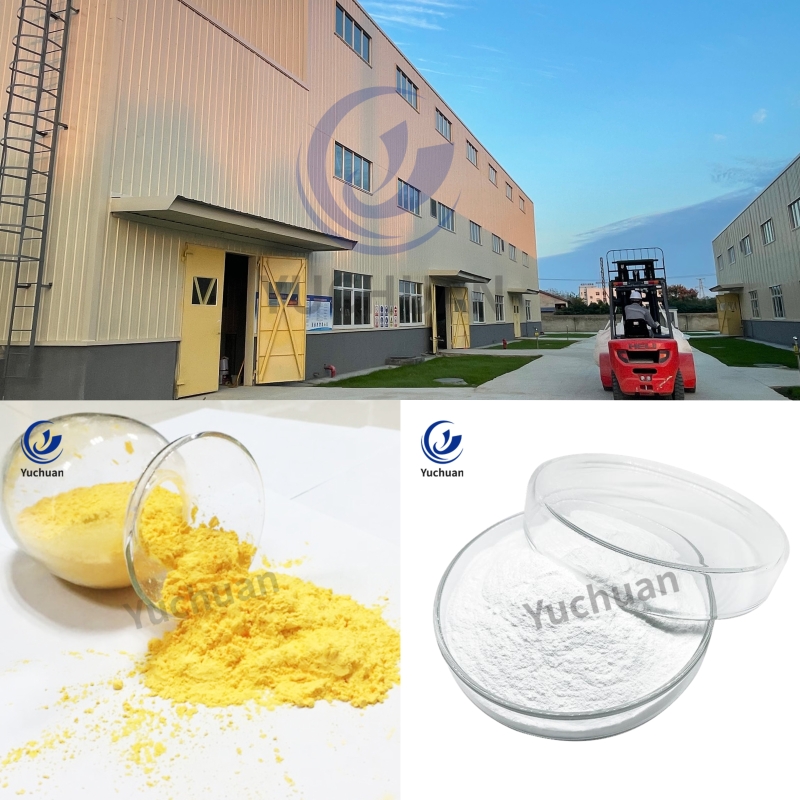-
Categories
-
Pharmaceutical Intermediates
-
Active Pharmaceutical Ingredients
-
Food Additives
- Industrial Coatings
- Agrochemicals
- Dyes and Pigments
- Surfactant
- Flavors and Fragrances
- Chemical Reagents
- Catalyst and Auxiliary
- Natural Products
- Inorganic Chemistry
-
Organic Chemistry
-
Biochemical Engineering
- Analytical Chemistry
-
Cosmetic Ingredient
- Water Treatment Chemical
-
Pharmaceutical Intermediates
Promotion
ECHEMI Mall
Wholesale
Weekly Price
Exhibition
News
-
Trade Service
Thermally conductive plastics have great potential for thermal management in electric vehicle charging systems
.
An example is the charge controller in the all-electric vehicle of a sports car manufacturer based in southern Germany
.
The controller contains a cooling element that dissipates the heat generated by the controller's plug contacts while the battery is being charged
.
The cooling element is made of LANXESS's thermally and electrically insulating polyamide 6 Durethan BTC965FM30
.
Dr.
Bernhard Helbich, Technical Key Account Manager at LANXESS, explained: "In addition to preventing overheating of the charge controller, our materials of construction also meet stringent requirements for flame retardancy, tracking resistance and design
.
The entire charge of this sports car is The manufacturer of the system is Leopold Kostal GmbH & Co.
KG, a global system supplier for automotive, industrial and solar electrical and electrical contact systems
.
Efficient heat dissipation with special mineral particles
Efficient heat dissipation with special mineral particlesThe charge controller converts the three-phase or alternating current input from the charging station into direct current and controls the charging process
.
During this process, they limit the charging voltage and current to prevent the battery from overcharging, for example: up to 48 amps of current flow through the plug contacts of the sports car's charge controller, causing a lot of heat generation during charging
.
Bernhard Helbich said: "Our polyamide is filled with special mineral thermally conductive particles that efficiently conduct this heat away from the source
.
These particles give the compound a 2.
5 W/m∙K in the melt flow direction (in-plane) The high thermal conductivity of 1.
3 W/m∙K in the direction perpendicular to the melt flow (through the plane)
.
freedom of component design
freedom of component designIn addition, the halogen-free flame-retardant polyamide 6 material ensures a high degree of fire resistance of the cooling element
.
As required, it passed the UL 94 flammability test by U.
S.
testing agency Underwriters Laboratories Inc.
with best classification V-0 (0.
75mm)
.
Its high tracking performance also contributes to increased safety
.
This is evidenced by its CTI A value of 600V (Comparative Tracking Index, IEC 60112)
.
Helbich added, "Tracking resistors give designers more freedom in designing components because they can arrange electrical components more compactly without worrying about short circuits and device defects caused by creepage currents
.
" Therefore, in addition to the rails In addition to the ribs, the cooling element is also equipped with six closely spaced cavities to accommodate the plug contacts
.
good processing characteristics
good processing characteristicsDespite the high content of thermally conductive fillers (68% by weight), polyamide 6 has good flow properties
.
Bernhard Helbich explains: “In terms of its processing properties, the material is similar to the highly reinforced polyamide 6 with a glass fiber content of up to 60% by weight
.
This thermally conductive thermoplastic also has the potential to be used in electric vehicle battery components such as Mounting plates for plugs, radiators, heat exchangers and power electronics
.
”







